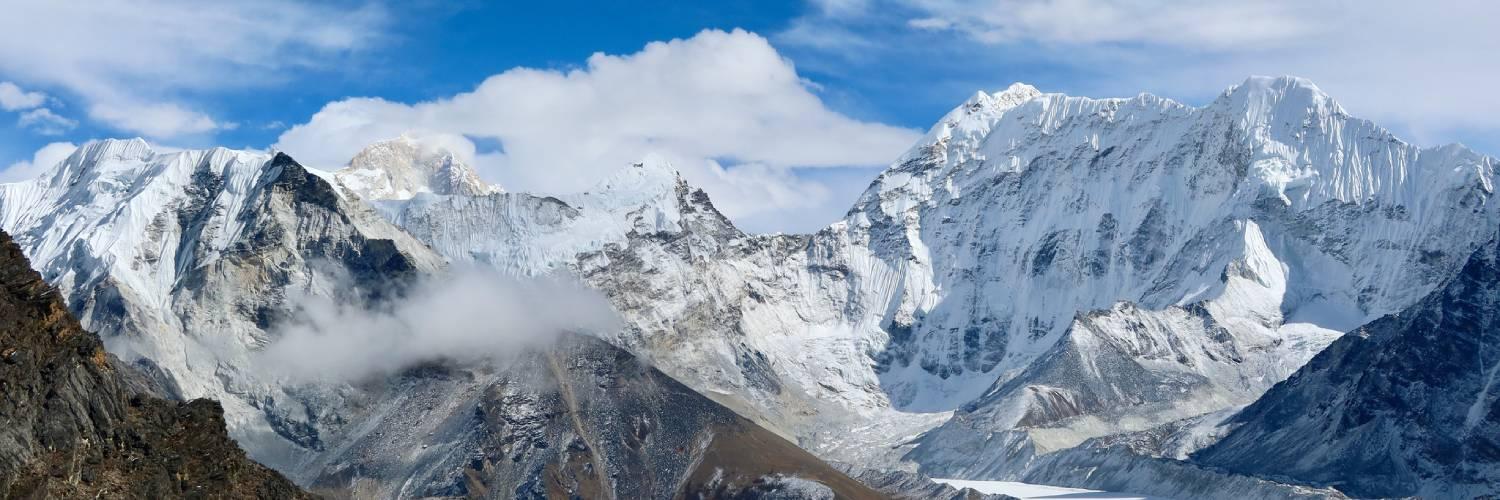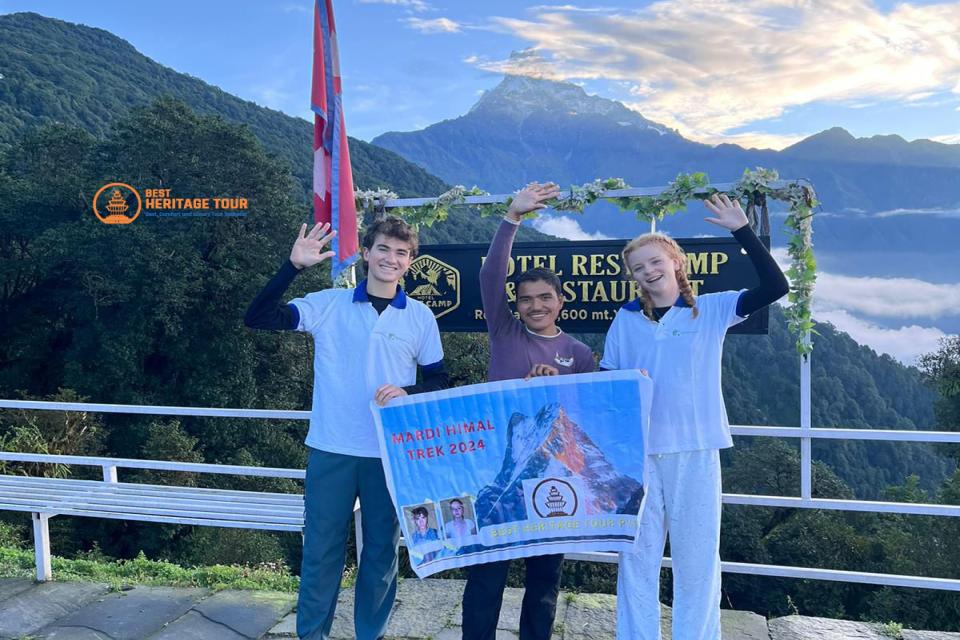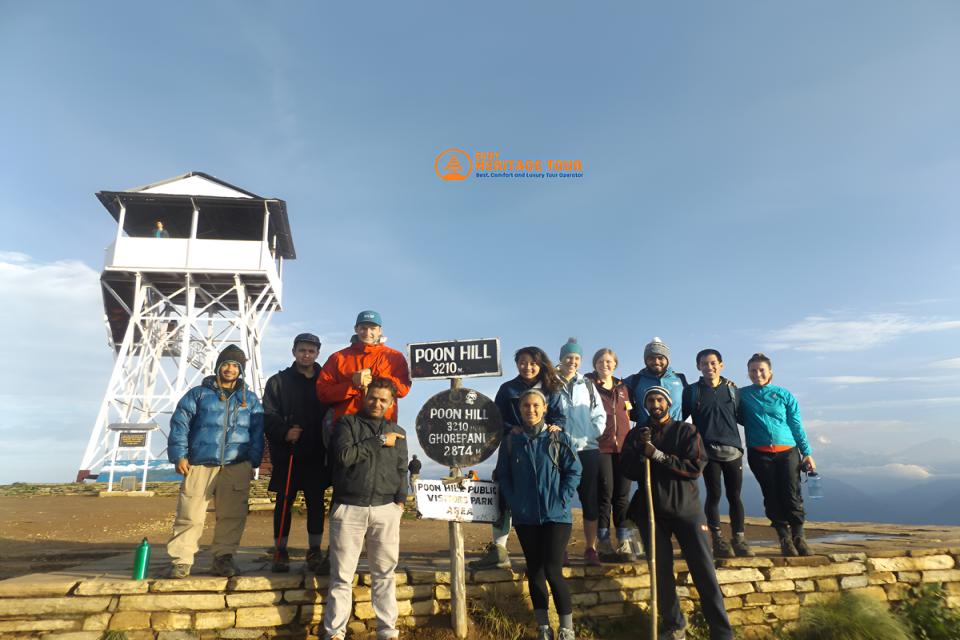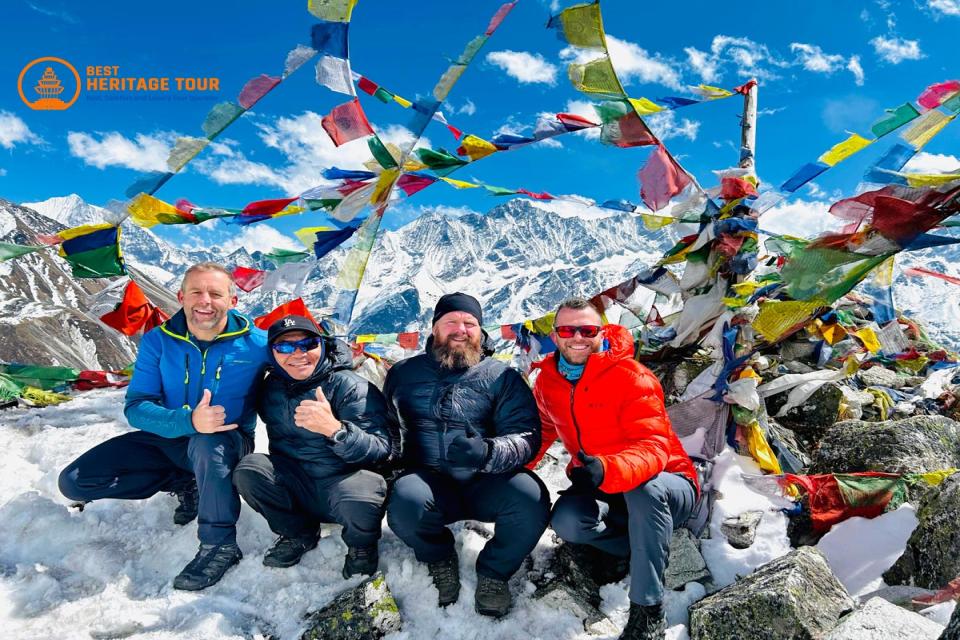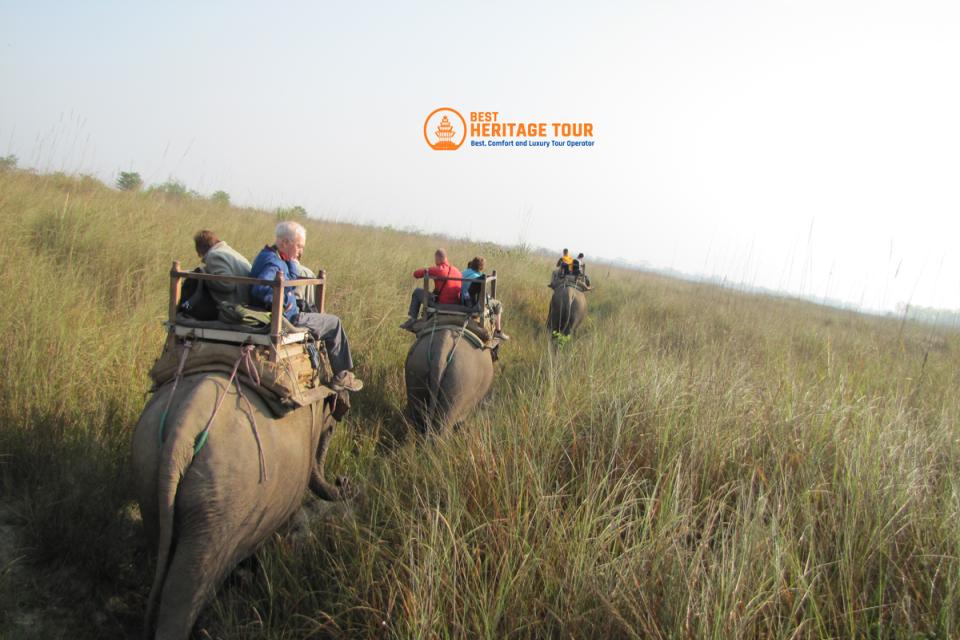Nepal, the land of the Himalayas, offers breathtaking landscapes, rich culture, and adventure all year round. Many travelers wonder: Is winter a good time to visit Nepal?
Winter in Nepal spans December to February and brings unique challenges and opportunities. From snow-capped mountains to quieter trails and festive celebrations, winter can be a magical season for the right traveler. This guide explores what to expect, the best activities, trekking considerations, festivals, and why booking with Best Heritage Tour ensures a safe and enjoyable winter experience.
Understanding Winter in Nepal
Winter in Nepal is characterized by cold temperatures, crisp skies, and reduced tourist crowds. Here’s a closer look:
-
Temperature Range: In Kathmandu and Pokhara, daytime temperatures hover between 10-20°C, while nights can drop below 0°C at higher altitudes.
-
High-Altitude Regions: Areas like Annapurna Base Camp, Everest Base Camp, and Langtang experience snow, icy trails, and temperatures as low as -15°C to -20°C.
-
Low-Altitude Regions: Chitwan, Lumbini, and Terai plains are milder, offering more comfortable conditions for sightseeing and wildlife spotting.
Despite the cold, winter is ideal for travelers seeking fewer crowds, clear mountain views, and off-season tranquility.
Pros of Visiting Nepal in Winter
1. Clear Mountain Views
-
Winter skies are often crystal clear, providing stunning views of Everest, Annapurna, and Dhaulagiri.
-
Photography enthusiasts can capture the Himalayas in all their glory without the haze common in monsoon or spring seasons.
2. Fewer Tourists
-
Popular trekking routes, cities, and heritage sites are less crowded, allowing a more peaceful and intimate experience.
-
Hotels and teahouses are easier to book, sometimes at lower prices compared to peak seasons.
3. Festivals and Cultural Experiences
-
Maghe Sankranti (January) celebrates the winter solstice and traditional Nepalese rituals.
-
Tamu Lhosar (Tamang New Year) in January/February is celebrated in central Nepal with dances, music, and cultural events.
-
Winter provides opportunities to experience local traditions without the tourist rush, giving an authentic cultural insight.
4. Adventure Opportunities
-
Shorter, lower-altitude treks like Ghorepani Poon Hill Trek, Dhampus, or Mardi Himal are manageable even in winter.
-
Winter is excellent for mountain flights, paragliding in Pokhara, and scenic drives in the Himalayas.
Challenges of Visiting Nepal in Winter
While winter has unique advantages, it also presents certain challenges:
1. Cold Temperatures
-
High-altitude treks can be very cold, requiring proper gear and clothing.
-
Hypothermia and frostbite are risks for unprepared travelers.
2. Snow and Icy Trails
-
Higher-altitude trekking routes may be closed or require technical skills due to snow and ice.
-
Popular passes like Thorong La on Annapurna Circuit or Renjo La in Everest may be inaccessible.
3. Limited Facilities
-
Some teahouses, hotels, and restaurants in remote areas close during winter.
-
Transportation in hilly regions can be affected by snow or fog.
4. Shorter Daylight Hours
-
Days are shorter, with sunset around 5-5:30 pm, requiring careful planning for treks and sightseeing.
Recommended Winter Destinations in Nepal
Winter travel in Nepal can still be highly rewarding if you focus on suitable regions:
-
Explore Pashupatinath, Boudhanath, Patan Durbar Square, and Bhaktapur.
-
Festivals and cultural activities are vibrant even in winter.
-
Mild temperatures make sightseeing comfortable.
2. Pokhara and Annapurna Foothills
-
Lower-altitude treks like Ghorepani Poon Hill, Dhampus, and Mardi Himal Base Camp are safe and enjoyable.
-
Mountain views are spectacular, especially in the morning with crisp, clear skies.
-
Adventure activities such as paragliding and boating in Phewa Lake are still accessible.
3. Chitwan and Bardia National Parks
-
Wildlife spotting is possible in the Terai region, where temperatures are mild.
-
Enjoy safari tours, birdwatching, and elephant rides without peak season crowds.
4. Lumbini - The Birthplace of Buddha
-
Visit Lumbini Monastery, Maya Devi Temple, and monastic zones comfortably in cool weather.
-
Winter is a quiet time to explore spiritual sites and enjoy contemplative experiences.
Trekking in Winter - What You Should Know
Winter trekking is possible but requires careful preparation:
-
Best Routes: Lower-altitude treks like Ghorepani Poon Hill, Mardi Himal, and Langtang Valley.
-
High-Altitude Caution: Everest Base Camp, Annapurna Circuit (Thorong La), and Mustang may be risky due to snow.
-
Gear Essentials: Insulated jackets, thermal layers, gloves, beanies, trekking boots, and crampons if going to higher altitudes.
-
Acclimatization: Even in winter, high-altitude acclimatization days are necessary.
Best Heritage Tour provides professional winter trekking packages with experienced guides, porters, accommodations, and permits, ensuring a safe and enjoyable experience.
Festivals to Enjoy in Winter
Winter in Nepal is culturally rich, offering a variety of festivals:
-
Maghe Sankranti (January): Celebrates the winter solstice with rituals, traditional foods, and prayers for prosperity.
-
Tamu Lhosar (January/February): Tamang New Year festival with dances, music, and cultural celebrations.
-
Holi Preparations Begin: Although celebrated in spring, pre-festival preparations and cultural events can be witnessed in winter in certain regions.
Experiencing these festivals allows travelers to immerse themselves in Nepalese culture, making a winter visit both educational and memorable.
Travel Tips for Visiting Nepal in Winter
-
Pack Proper Gear: Layered clothing, thermal wear, insulated jackets, gloves, hats, trekking boots, and warm sleeping bags.
-
Book in Advance: Winter is off-peak but guided treks and accommodations in certain areas are limited.
-
Health and Safety: Stay hydrated, protect against cold, and ensure travel insurance covers winter trekking.
-
Plan Low-Altitude Treks: Avoid high passes unless you have experience and proper gear.
-
Flexible Itinerary: Weather may cause delays; build buffer days for unexpected snow or road closures.
Why Book With Best Heritage Tour
-
Expert Guidance: Experienced guides who understand winter trekking and safety.
-
All-Inclusive Packages: Permits, accommodations, meals, and transport included.
-
Tailored Itineraries: Options for trekking, sightseeing, and cultural tours suitable for winter.
-
Emergency Support: Assistance for altitude, medical emergencies, or sudden weather changes.
With Best Heritage Tour, winter travel in Nepal can be safe, comfortable, and highly rewarding.
Conclusion
Yes, you can visit Nepal during the winter season, but careful planning is essential. While high-altitude trekking may be challenging due to snow and cold, lower-altitude treks, sightseeing, cultural tours, and festivals offer an unforgettable experience.
Winter provides:
-
Crisp Himalayan views
-
Fewer tourists and quieter trails
-
Unique cultural immersion through festivals like Maghe Sankranti and Tamu Lhosar
-
Opportunities for winter adventure and photography
Plan your winter trip with Best Heritage Tour for a safe, organized, and enjoyable Nepal experience:
Phone: +977-9851149197 / +977-9810043046
Email: info@bestheritagetour.com / bestheritagetour@gmail.com
Booking & Info: www.bestheritagetour.com
Office: Thamel Marg, Kathmandu, Nepal
Discover Nepal’s winter magic safely and comfortably with expert guidance, breathtaking views, and cultural immersion.
Author: Best Heritage Tour
Date: 27th August, 2025

